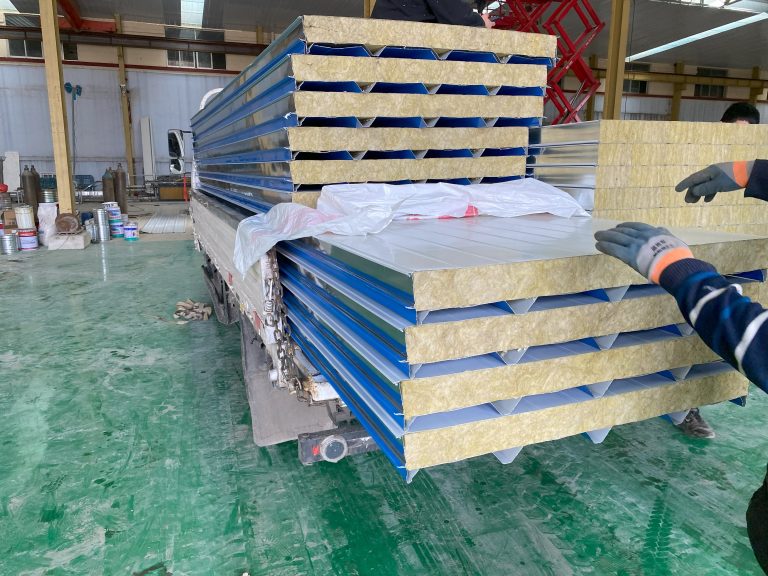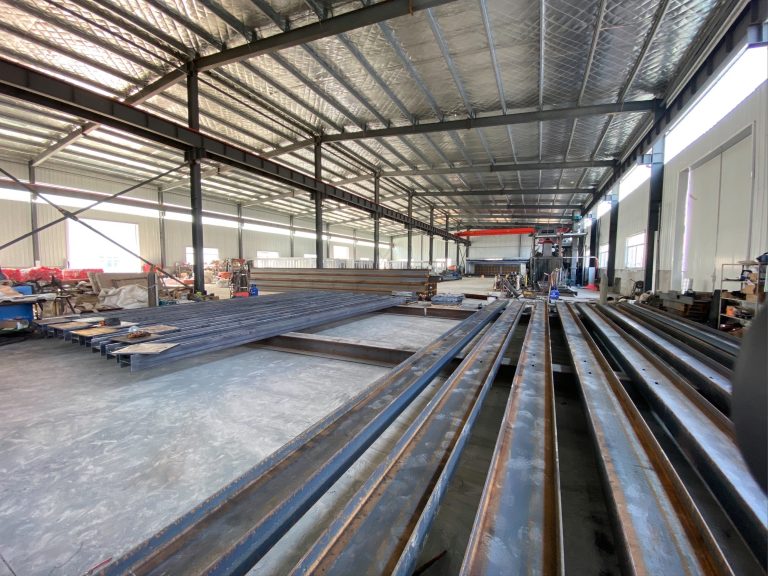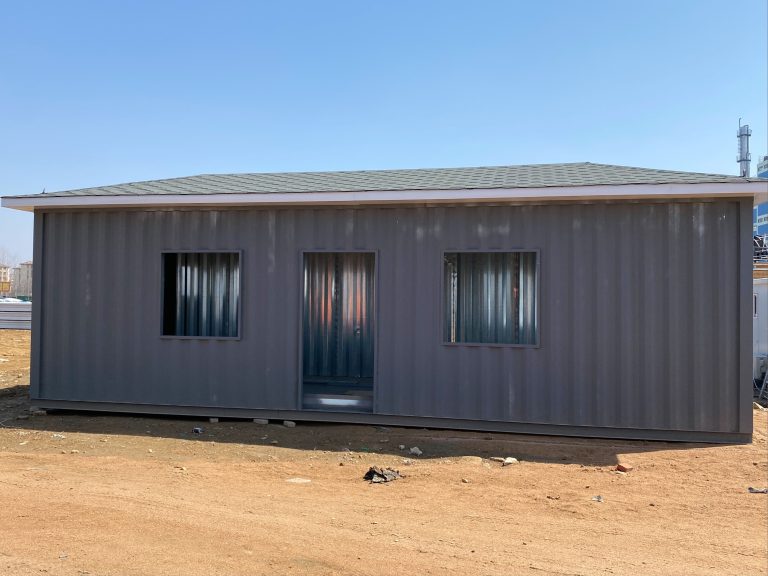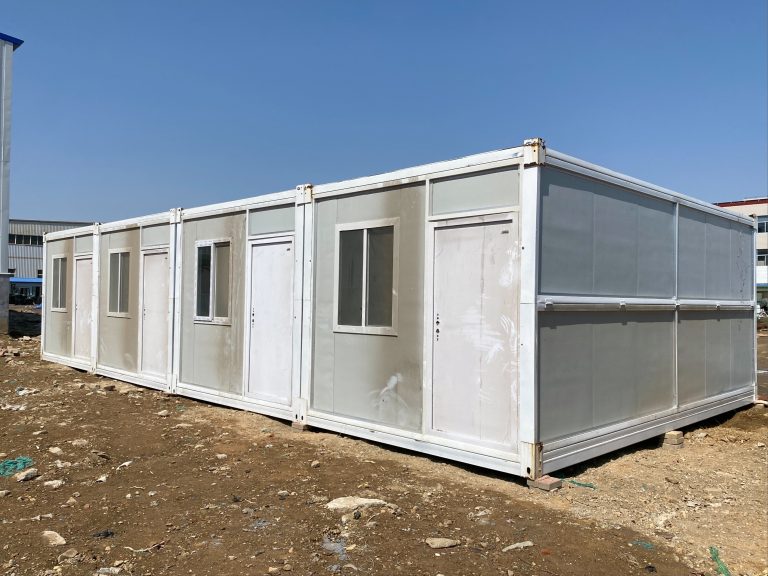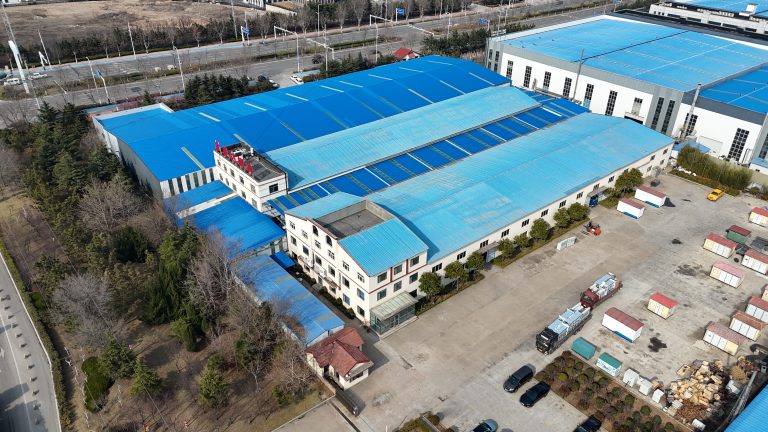The steel structure industry is promoting the development of building disaster prevention capability in the construction industry
Table of Contents
Advantages of Steel Structures in Disaster Prevention
Steel structures have long been recognized for their strength, durability, and versatility in the construction industry. In recent years, the steel structure industry has played a crucial role in promoting the development of building disaster prevention capability. This has become increasingly important as natural disasters such as earthquakes, hurricanes, and floods continue to pose significant threats to buildings and infrastructure around the world.
One of the key advantages of steel structures in disaster prevention is their ability to withstand extreme forces. Steel is a highly resilient material that can resist high winds, seismic activity, and heavy snow loads. This makes steel structures ideal for buildings located in areas prone to natural disasters. In the event of an earthquake or hurricane, steel structures are less likely to collapse or suffer extensive damage compared to traditional building materials such as wood or concrete.
Furthermore, steel structures are also fire-resistant, which is another important factor in disaster prevention. In the event of a fire, steel structures are less likely to ignite or contribute to the spread of flames. This can help prevent the rapid spread of fires and minimize damage to buildings and surrounding structures. In addition, steel structures are also less susceptible to termite infestations and rot, which can weaken traditional building materials over time.
Another advantage of steel structures in disaster prevention is their ability to be prefabricated off-site. This means that steel components can be manufactured in a controlled environment and then transported to the construction site for assembly. This not only reduces construction time but also minimizes the risk of on-site accidents and injuries. In the event of a natural disaster, prefabricated steel structures can be quickly assembled to provide temporary shelter or emergency housing for displaced individuals.
In addition to their strength and durability, steel structures are also highly customizable and adaptable. This allows architects and engineers to design buildings that are specifically tailored to withstand the unique challenges posed by different types of natural disasters. For example, buildings in earthquake-prone areas can be designed with flexible steel frames that can absorb and dissipate seismic forces. Similarly, buildings in hurricane-prone regions can be equipped with reinforced steel roofs and walls to withstand high winds and flying debris.
Furthermore, the use of steel structures in disaster prevention can also have a positive impact on the environment. Steel is a highly recyclable material that can be reused and repurposed multiple times without losing its strength or durability. This reduces the need for new raw materials and helps minimize waste and carbon emissions. In addition, steel structures are also energy-efficient, as they can be designed to maximize natural light and ventilation, reducing the need for artificial lighting and heating.
Overall, the steel structure industry is playing a vital role in promoting the development of building disaster prevention capability in the construction industry. With their strength, durability, and versatility, steel structures are helping to create safer and more resilient buildings that can withstand the challenges posed by natural disasters. By incorporating steel structures into their designs, architects and engineers can help protect lives, property, and infrastructure from the devastating effects of earthquakes, hurricanes, and other catastrophic events.
Innovations in Steel Structure Technology for Building Resilience
The steel structure industry plays a crucial role in promoting the development of building disaster prevention capability in the construction industry. With the increasing frequency and intensity of natural disasters such as earthquakes, hurricanes, and floods, it has become imperative for buildings to be resilient and able to withstand such extreme events. Steel structures have emerged as a preferred choice for construction due to their strength, durability, and flexibility.
One of the key innovations in steel structure technology that is contributing to building resilience is the use of high-strength steel. High-strength steel has a higher yield strength and tensile strength compared to conventional steel, making it more resistant to deformation and failure under extreme loads. This allows buildings to better withstand the forces exerted by natural disasters and reduces the risk of collapse.
Another important innovation is the use of advanced computer-aided design (CAD) and building information modeling (BIM) software in the design and construction of steel structures. These technologies allow engineers and architects to simulate various scenarios and optimize the design of buildings for maximum strength and resilience. By using these tools, designers can identify potential weak points in a structure and make necessary modifications to improve its performance under extreme conditions.
In addition to high-strength steel and advanced design software, the steel structure industry is also exploring new construction techniques such as modular construction and prefabrication. These methods involve assembling building components off-site in a controlled environment before transporting them to the construction site for final assembly. This not only reduces construction time and costs but also ensures higher quality and precision in the construction process.
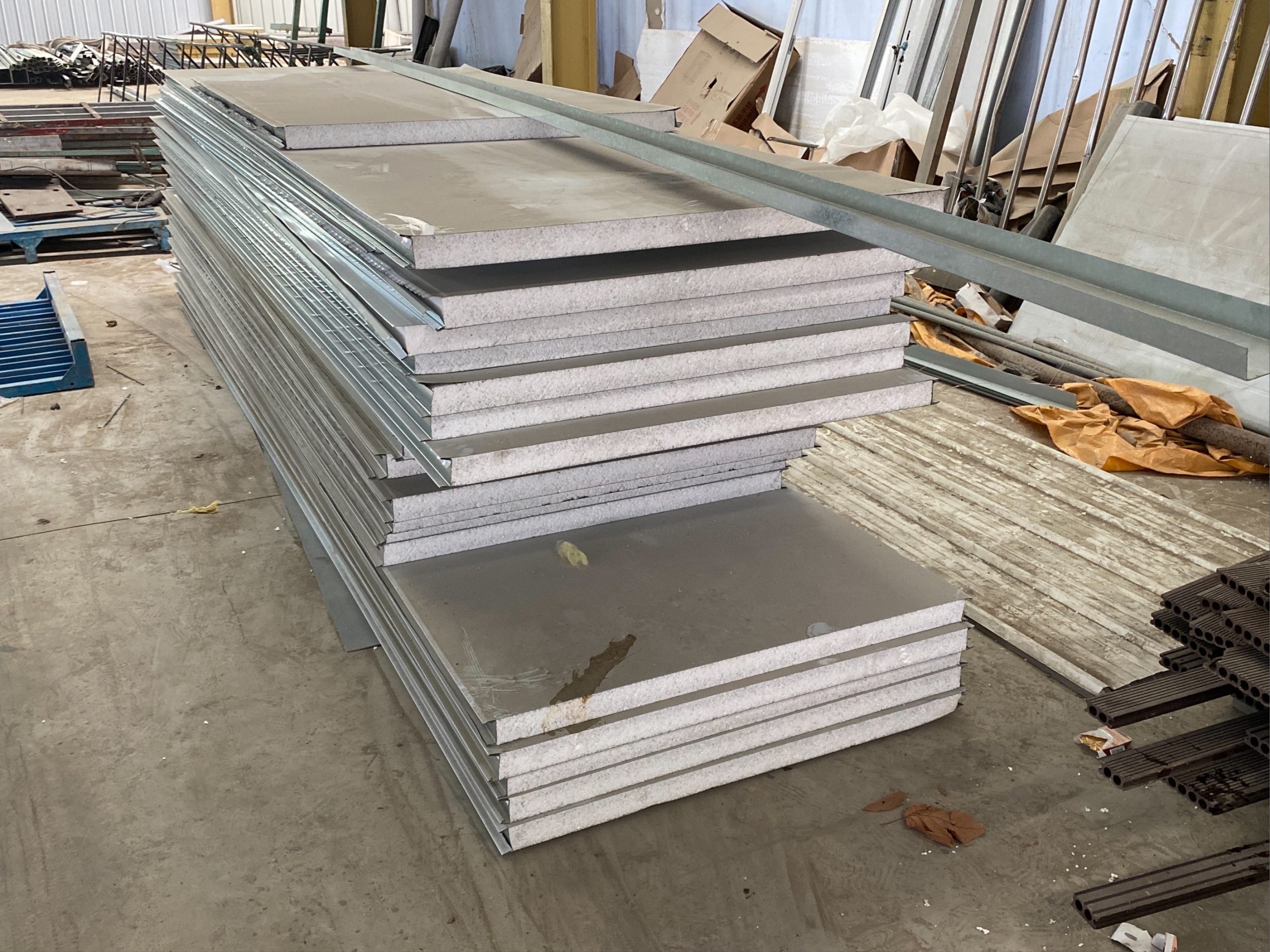
Furthermore, the use of steel in building construction allows for greater flexibility in design and customization. Steel structures can be easily modified or expanded to accommodate changing needs or requirements, making them ideal for buildings that need to adapt to evolving conditions. This flexibility is particularly important in disaster-prone areas where buildings may need to be retrofitted or reinforced to improve their resilience.
The steel structure industry is also focusing on sustainability and environmental responsibility in its efforts to promote building resilience. Steel is a highly recyclable material, with a high recycling rate that reduces the need for new raw materials and minimizes waste. By using recycled steel in construction, the industry can reduce its carbon footprint and contribute to a more sustainable built environment.
In conclusion, the steel structure industry is at the forefront of promoting the development of building disaster prevention capability in the construction industry. Through innovations in high-strength steel, advanced design software, construction techniques, and sustainability practices, steel structures are becoming increasingly resilient and able to withstand the challenges posed by natural disasters. By embracing these innovations, the construction industry can build safer, more durable buildings that protect lives and property in the face of adversity.


